
On an early January morning I replenished my backyard bird feeder and while returning to the house I saw fresh animal tracks in the snow. In that moment it dawned on me that I could let nature come to me and fulfill my civic duty to obey the Covid-19 stay at home order.
Many of the birds attracted to my backyard leave us for warmer southern regions during winter. For birds that summer in Canada’s far north, Southern Ontario is considered south and warm for them, though we humans may say otherwise. Many of the birds we see in the summer remain with us year round.
This month I’ve been observing the daily activities of two and four legged animals more closely. Perhaps like many people I enjoy seeing cute little birds at my feeder and the squirrel’s never give up behaviour of providing Cirque du Soleil-esque jumps from tree to feeder.
Coopers Hawk and American Black Crow
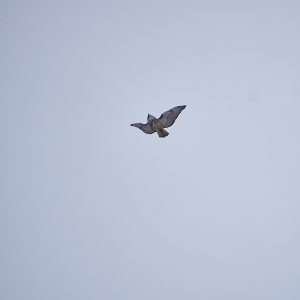
Hearing “caw, caw” and recognizing the sound I looked up to the sky and saw three crows in close pursuit of a hawk. What had the hawk done to deserve the crow’s unrelenting chase? Had the hawk ventured a little too close to the crow’s territory? The mob of three crows matched the hawk’s every maneuver until eventually the hawk and crows parted ways.
I’ve since learned the hawk, though capable of dispatching a crow in short order with its talons, chooses not to waste its energy taking a crow in flight but would rather take a smaller stationary animal. Nonetheless crows as a group are not to be considered anything less than a danger by the hawk.
House Sparrow and American Goldfinch
The sparrows and finches hide together inside my cedar hedges and euonymus bushes. Their little bodies bop in, out and onto the snow covered branches. At times they seem to look at me and voluntarily pose for a picture. At other times an intense bird conversation is taking place deep inside the dense greenery. The flock regularly swarms back and forth between feeders, nervously hops about, and then flies back to secure areas.
Since mating season is over for goldfinches there’s no need to impress the ladies. In winter, the short daylight hours, cause the male American Goldfinch to lose its bright yellow summer colour and assumes colouring more like the female’s greyish green feathers. I’ve also read another possible reason is evolutionary to ward off predators.
Opossum
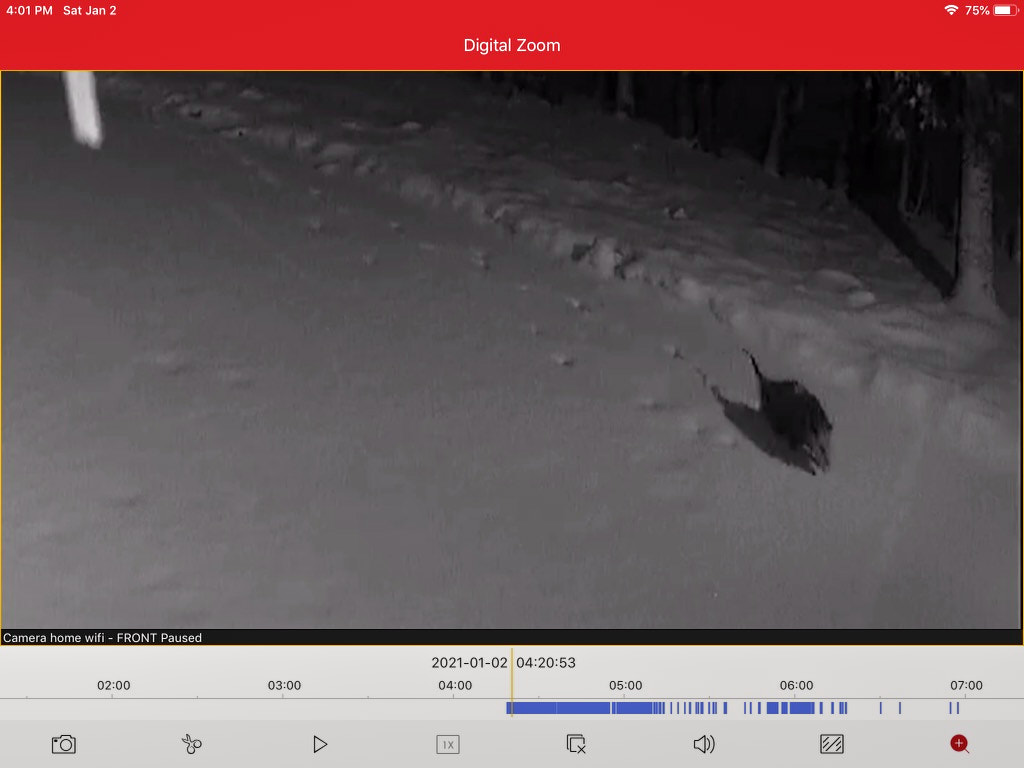
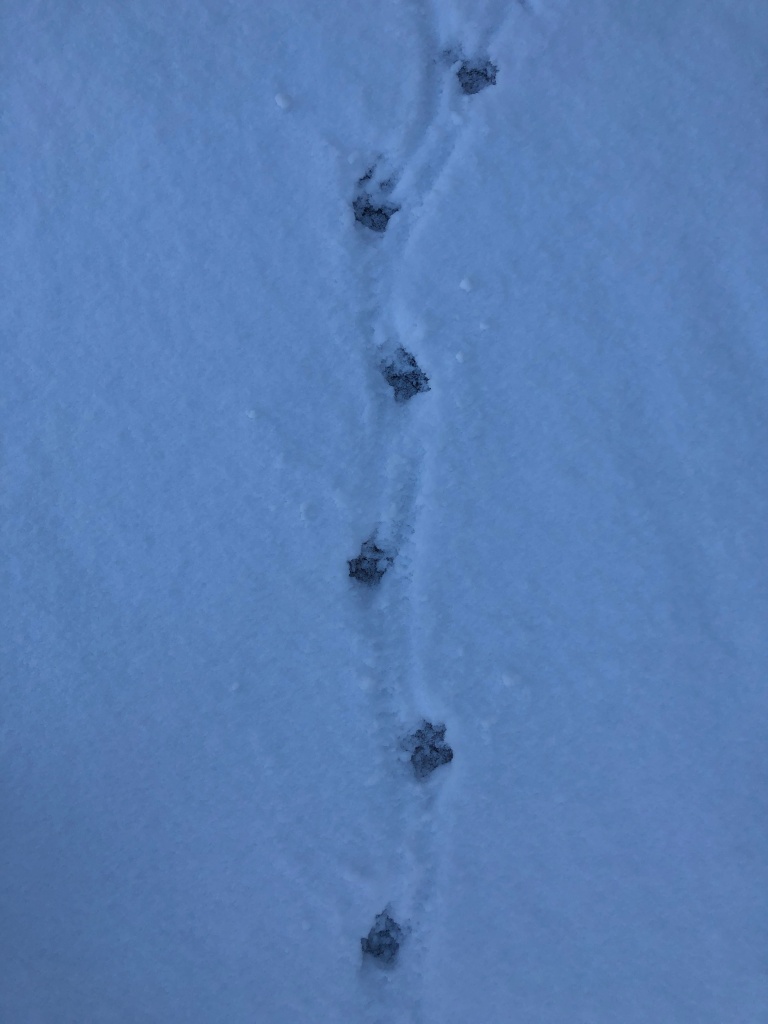
Opossum tracks in snow 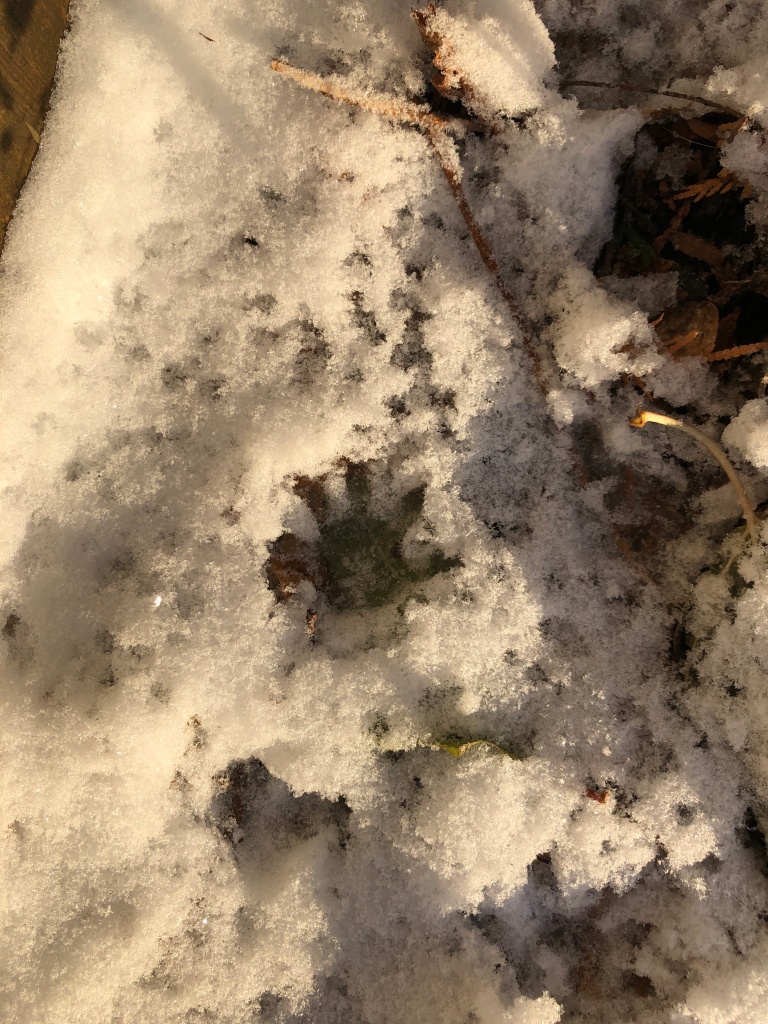
Opossum tracks in snow
A cute opossum paid me a visit in the wee hours one morning. My only evidence is the foot prints it left behind in the snow and my neighbour’s security camera footage. The little critter sure covered a lot of distance because on my morning walk I saw the same footprints in the snow at different houses. He seemed to be heading down towards the creek after a night of scavenging backyards. It’s almost a 10 minute walk for me to the creek so those little legs carried him a long way from home.
Rabbit and Raccoon
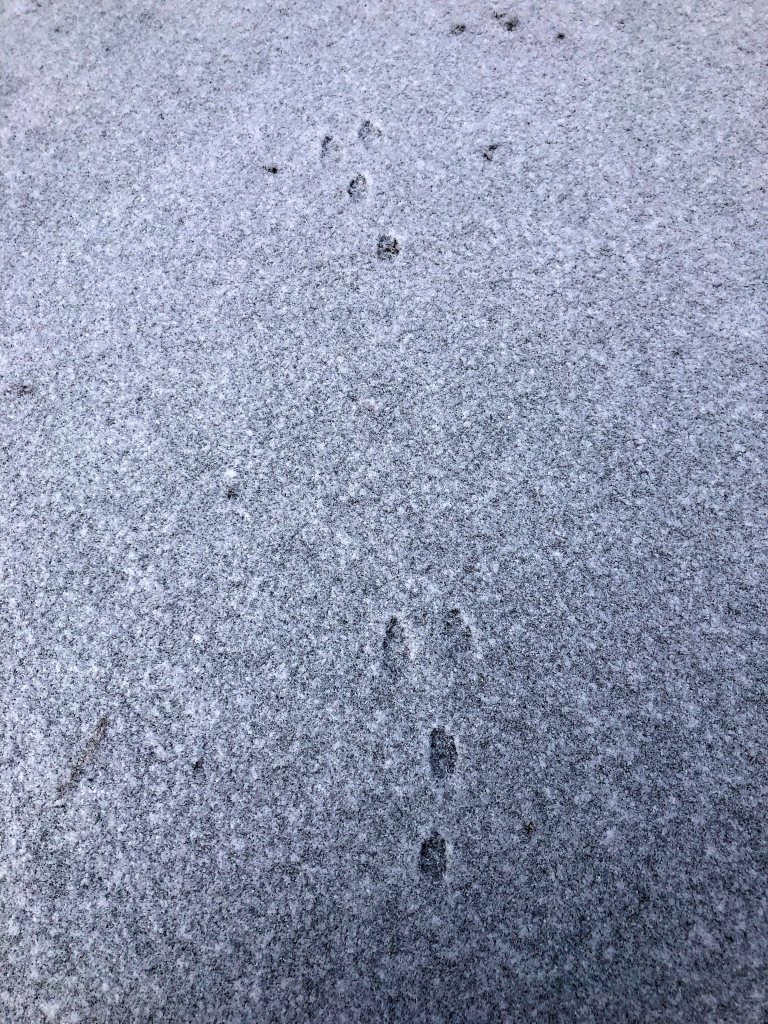
Rabbit tracks in snow 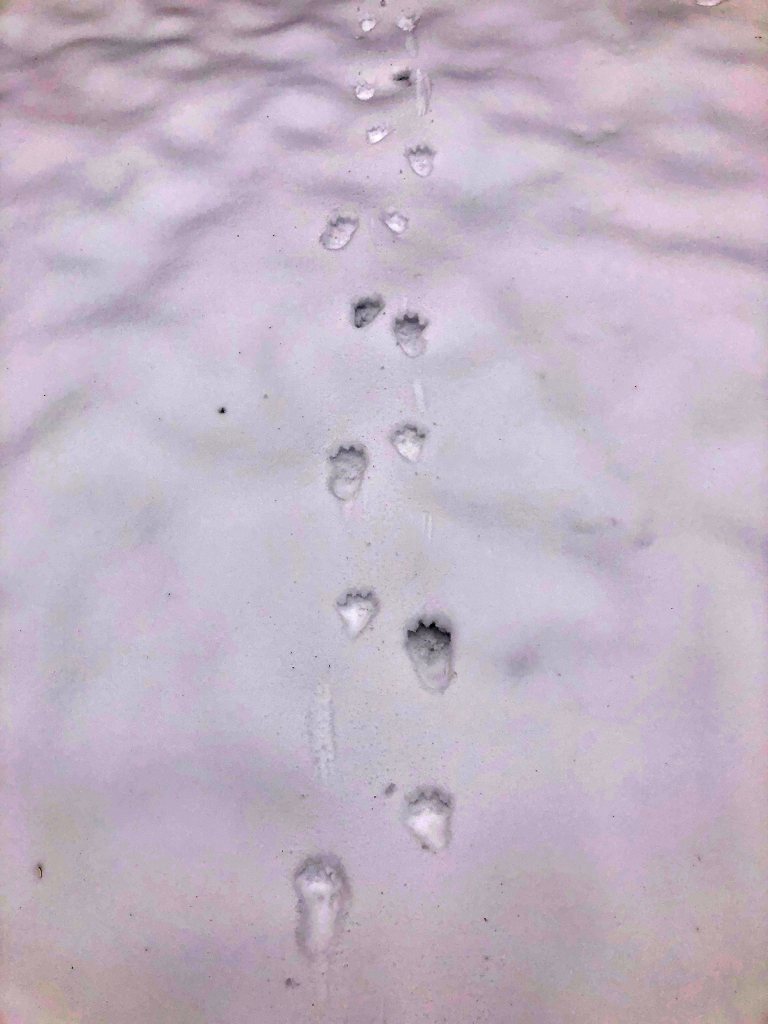
Raccoon tracks in snow
In addition to the opossum footprints, I’ve seen rabbit and raccoon footprints in the morning thanks to my snow covered backyard. This is evidence of more night time activities then I realized. I’m glad I don’t have outbuildings for them to call home.
Northern Cardinal

Female Northern Cardinal 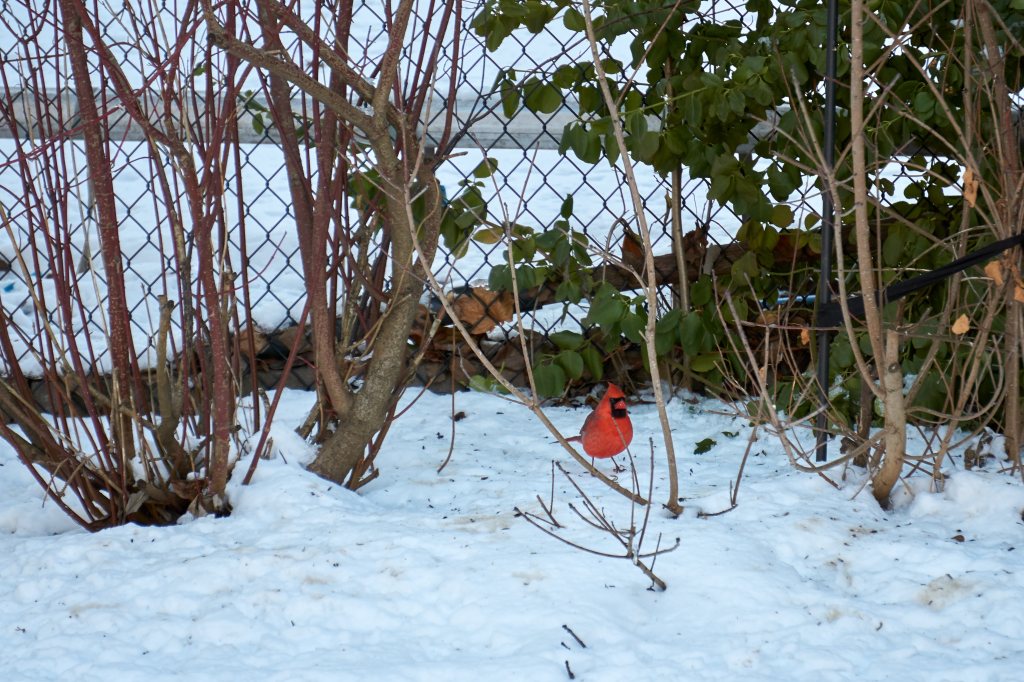
Male Northern Cardinal
Early to rise and late to bed. In the tree outside my bedroom window cardinals chirp, chirp, chirp early in the morning. It’s barely sunrise and my red feathered friends are ready for another day. The four pairs of cardinals are usually the first at my feeder in the morning and almost the last to visit in the evening. They also come around throughout the day, with their other bird friends, the Sparrows, Black Capped Chickadees and Dark Eyed Juncos.
Cardinals live within a small area where they get food, water and shelter compared to other birds that travel a larger geographical area.
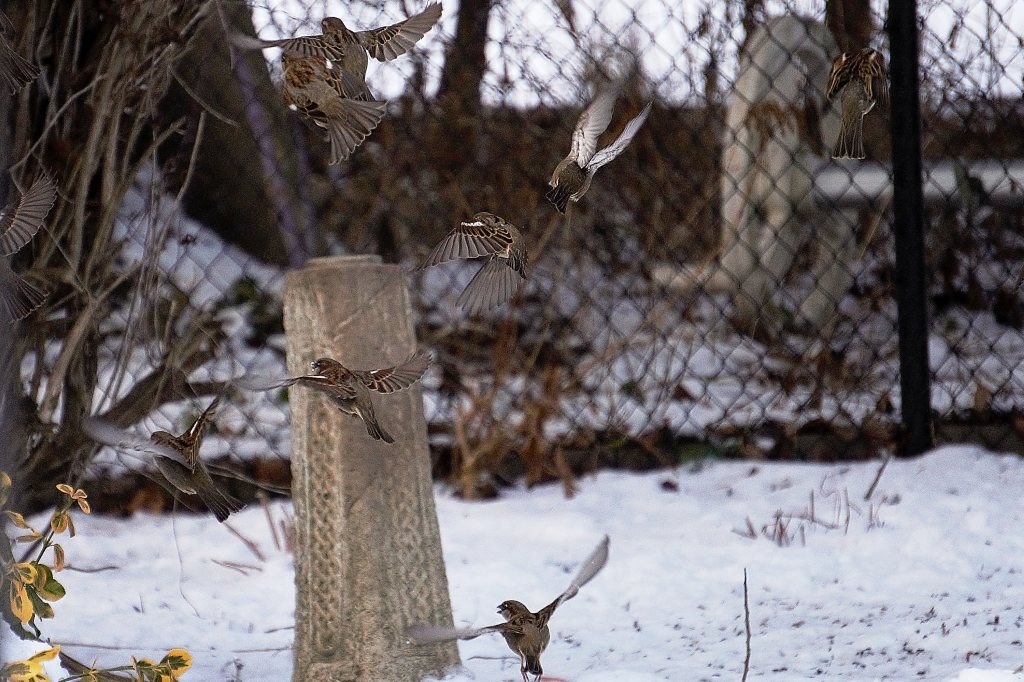
When I see Northern Cardinals near the feeder I know Dark Eyed Juncos and Black Capped Chickadees can’t be too far behind. The cardinals in my backyard are like the reconnaissance forces, but they’re not very quiet about it. They seem to say “chirp, chirp, chirp, hey everyone we’re here, it’s safe”. Then before long the sparrows swarm in and scatter seeds everywhere. When the squirrels run in and leap out of the trees all the birds take to the air.
Dark Eyed Junco and Black Capped Chickadee

Dark Eyed Junco 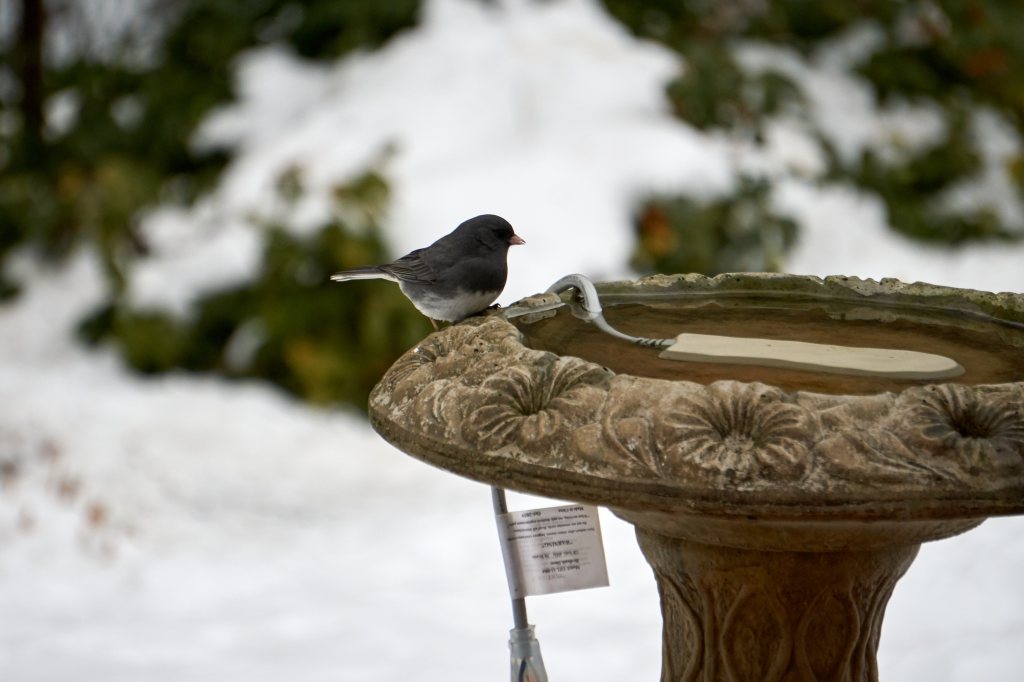
Dark Eyed Junco
The Dark Eyed Juncos hop on the ground, using their feet to pull away the snowy surface around trees, shrubs and particularly under my bird feeder in search of fallen seeds. They are ground feeders but I’ve also seen them on my neighbour’s platform feeder.
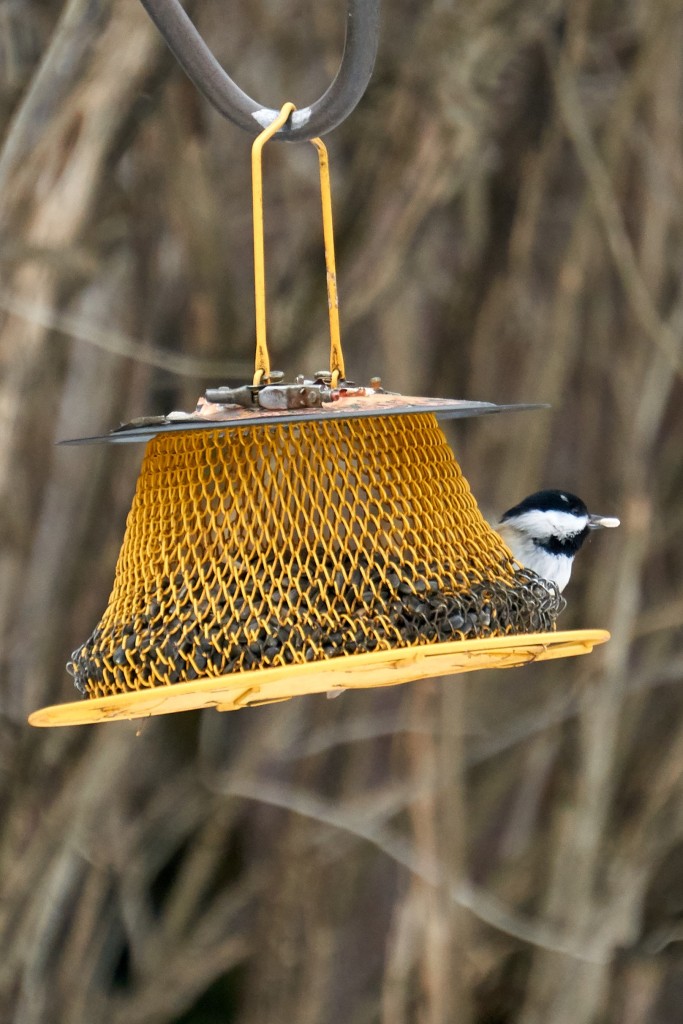
The Black Capped Chickadee is one of the most approachable, friendliest little birds around. I’ve stood still near my bird feeder to watch their behaviour. They individually come in, grab a black oil sunflower seed and fly off to eat.
The chickadee is one of the more common birds seen during the winter at backyard feeders. It’s a tiny bird with a round, black capped head.
Mourning Dove

The mourning dove’s sad sounding long, drawn out call has been likened to people in mourning. I’ve noticed I’m not hearing them call out this month; maybe it’s a winter thing? These birds are often seen pecking at the ground, usually unintimidated by most other birds and squirrels. In my backyard I’ve observed them showing up at dusk for a final feeding with the cardinals. Just before they leave for the night three Mourning Doves drop in at the heated bird bath, aka the “hot tub.”
House Finch

Many House Finches fly south for the winter, yet many do not. Here, I have a little guy at the water bath that stuck around for our winter. If I hadn’t seen him this close I would have probably thought of it as just another bird in a flock of small birds. I’m glad he made his presence know.
European Starling
I’ve seen hundreds of them teeming in trees just a short distance away, all screeching out their songs. I guess I’m fortunate since I’ve only had a half dozen starlings visit my backyard since the snow melted exposing the grass for them. They run around quite quickly and peck at the ground upturning leaves and sticks, in search of insects just below the ground’s surface. To my surprise they had no interest in the bird seeds on the ground, they just walked over them.
According to neurologist Lauren Riters of the University of Wisconsin, starlings have among the longest and most complex songs of any birds in North America. They continually incorporate new sounds into their vocal arrangements, often mimicking frogs, goats, cats and even other birds. The result is an admixture: warbles, creaks, squeaks, whistles, throaty chirrups, twitters and raspy trills.
By Robert Alison SPECIAL TO THE STAR
Sun., Jan. 11, 2009
White Breasted Nuthatch

In winter the White Breasted Nuthatch stays close to flocks of chickadees and sparrows to seek safety from predators as well as making the search for food easier. I watched a nuthatch busily pecking along the branches of this Honey Locust tree in search of insects for nearly an hour. Nuthatches are uniquely nicknamed “the upside down bird” because they can inch along trees with their heads pointed downwards. It got into a nest and foraged for a good portion of an hour tossing out dried leaves, creating a constant shower of debris raining down onto the snow around me.
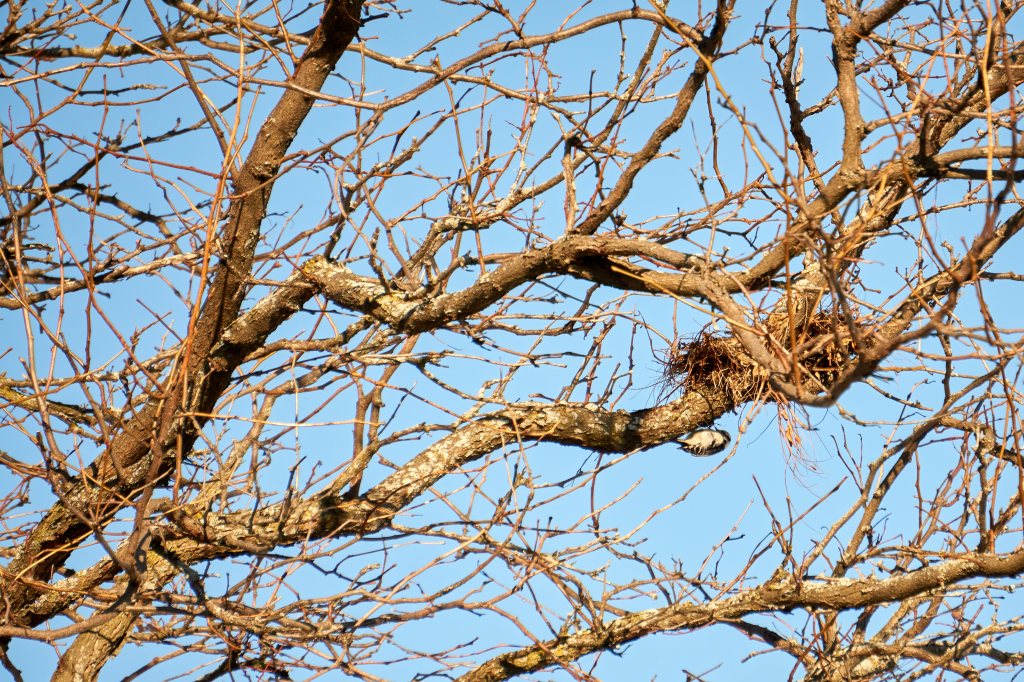
Blue Jay
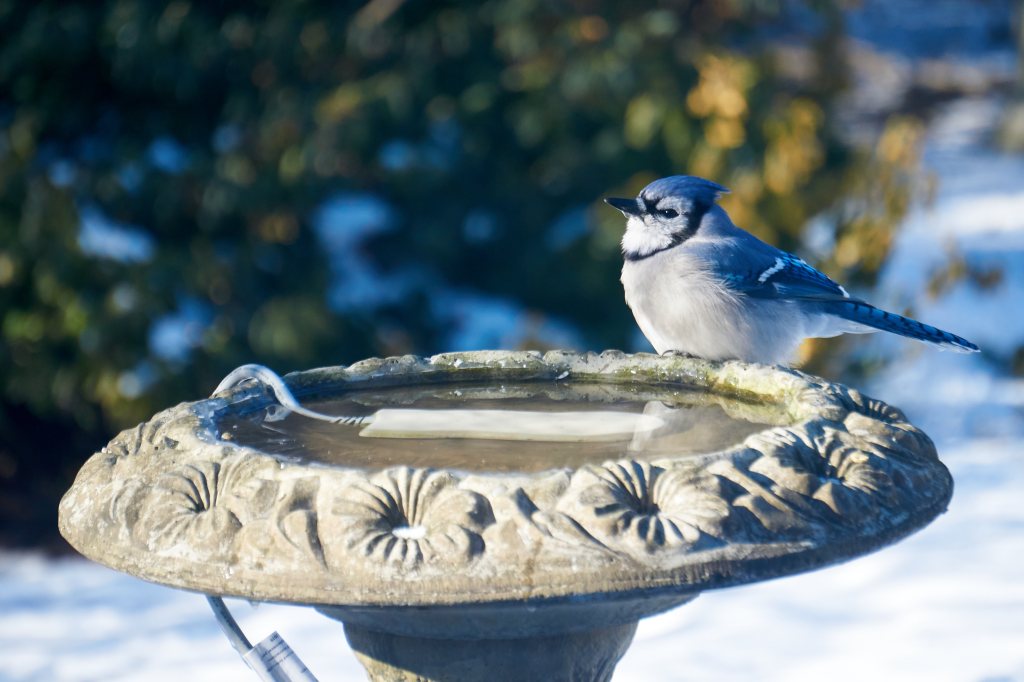
Let’s Go Blue Jays Let’s Go. The bird of the Toronto baseball team is the first thing that pops into my mind every time I see one.
I rarely see the noisy songbird in my backyard because they prefer platform feeders stocked with treats such as peanuts, corn and acorns. My heated bird bath is the primary reason I’ve been able to attract the occasional Blue Jay. Come this spring I may put up a raised platform feeder for them but I’ll need to weigh it’s benefits against the possibly of seeing Blue Jays bully away smaller birds.
American Red Squirrel

In winter the American Red Squirrel’s fur becomes pale and the two black stripes seen running down its sides in summer fade away.
Wildlife biologists found it has a scavenging range of approximately 2 to 5 acres. I know other neighbour’s also have bird feeders which probably explains why I don’t see the little guy very often. Many times I’ve watched the feisty squirrel come down tree trunks head first, pause for a moment, then take to the ground and chase away everyone it encounters. There’s plenty of food to be had so I think that explains why at other times it gets along with everyone.
The red squirrel makes its home in a variety of places including underground cavities, underneath buildings and in trees. The food it collects gets distributed throughout several of these nests as reserves needed to survive through the winter.


Eastern Grey Squirrel

There ought to be a superhero called Squirrel, oh wait there is, Squirrel Girl. In my backyard I’ve watched as many as nine of these rodents jump over, somersault and give chase to each other and anything else that strikes their fancy. Leaping between tree limbs or onto a bird feeder is all day squirrel entertainment. Using only its hind legs another squirrel will hang upside down from the black oil sunflower feeder performing abdominal crunches. He pulls himself up, pulls out a seed and then stretches straight out again to eat.
Like People, Animals Have Routines Too
It’s January and routines in winter are different from summer routines.
Some animals enter a torpor state as defined by Webster’s Dictionary:
1a : a state of mental and motor inactivity with partial or total insensibility.
1b: a state of lowered physiological activity typically characterized by reduced metabolism, heart rate, respiration, and body temperature that occurs in varying degrees especially in hibernating and estivating animals.
Some call it “hibernation light” because animals may remain in this state for as little as overnight to as long days or weeks. it all depends on seasonal temperatures and food supplies.
I’ve learned that sometimes an animal will venture out from its den, but run out of energy before returning to a safe place. They may move slower and might even fall asleep in their tracks, exposing themselves to potential dangers.

I’ve observed mourning doves on my daily walk and I think they might sometimes be in a torpor state. I’ve walked very close to them as they sat on the ground camouflaged inside shrubbery. They barely reacted to my presence.
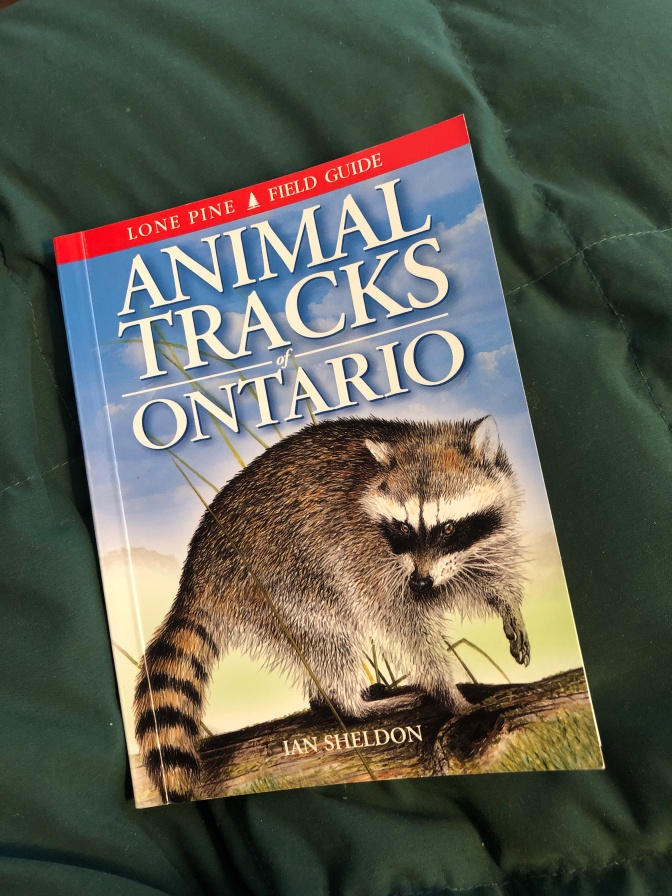
I’ve had the pocket guide to Animal Tracks of Ontario on my bookshelf for years and it’s been a great portable source of information. Studying the animal footprint illustrations and reading the short descriptions in the book has been a good start to piquing my interest in identifying animals around me.
January in Lockdown
This month the government imposed Covid-19 lockdown kept me busy photographing and watching birds in my backyard. All I needed to do was crack open my sliding patio door, remain out of sight and wait for a photo moment.
Staying at home was a striking contrast to day trips I’ve make to our local forests.
I don’t think a morning walk through a remote wooded setting would have netted me as great a variety of animals as I’ve seen this month. What do you think?

78 RPM Abandoned Canal Air crashes in Canada Armoured Vehicle Burr House Cheltenham Badlands Coronavirus Covid 19 Crawford Lake dance organ David Dunlop Observatory Day trip DDO Dundas Peak Dundurn Castle Flight 621 Floral clock Ghost Canal gramophone Hamilton Holland River Diversion Horseshoe Falls Hospital for Sick Children the Country Branch Hurricane Hazel Little Rouge Creek Military Tank Museum Nassagawega Canyon Trail Newmarket Canal Niagara Falls Oak Ridges Moraine orchestrions Pandemic Rattlesnake point Richmond Hill Richvale Greenway Rouge National Urban Park Star gazing Steam Tews Falls Thistletown Regional Centre for Children and Adolescents Victrola Webster Falls winter stations woodbine beach
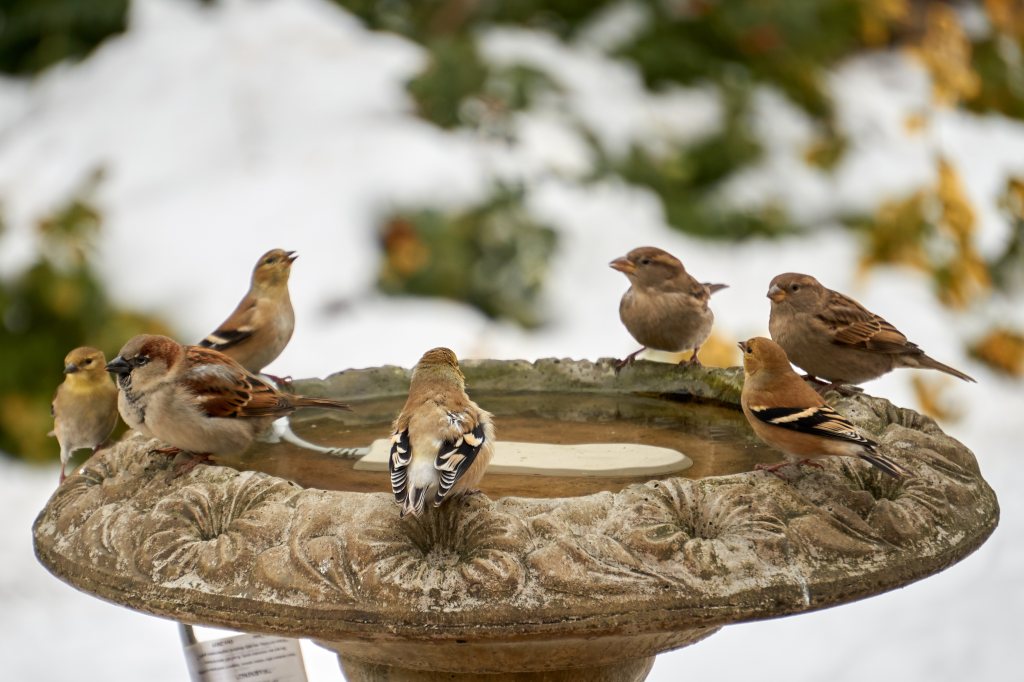




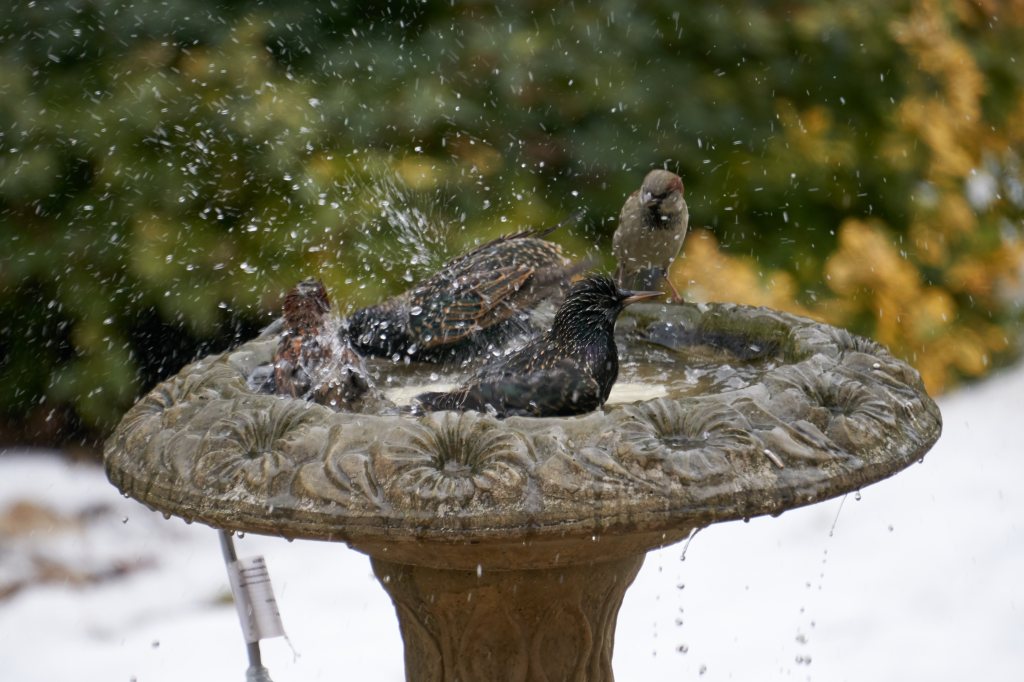
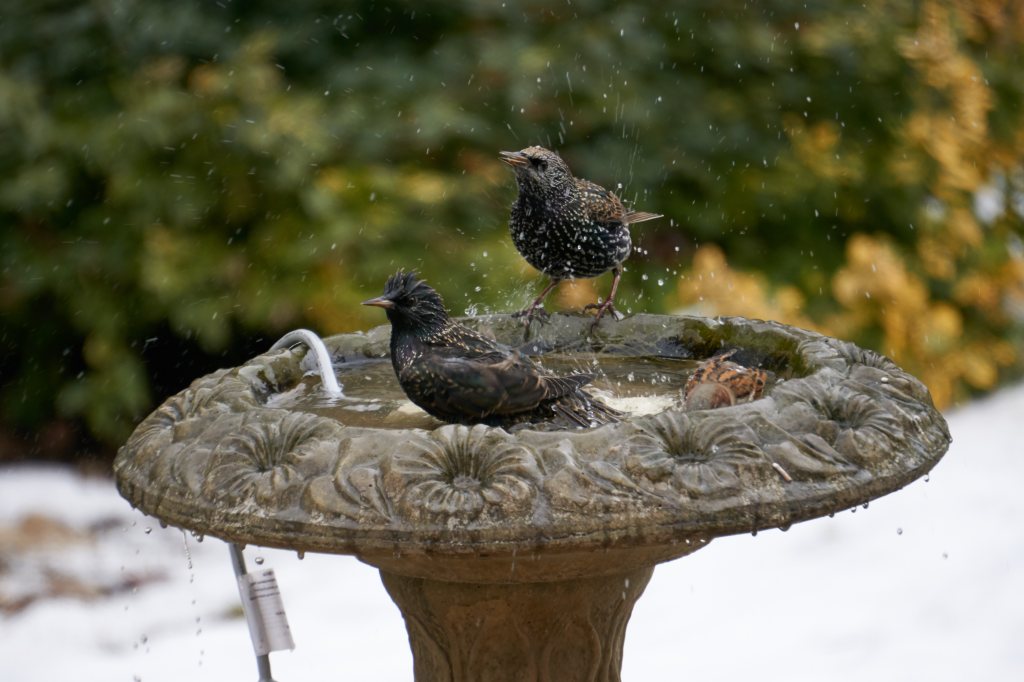
Excellent documentation of the birds in your area. Do you have a biological background?
LikeLike
No biology degree. 🙂 I do have Google and an https://www.audubon.org/app on my phone. With a little careful attention to a birds physicals details you to can more easily determine most species. Although, some are so similar it can be difficult to firmly distinguish some birds.
LikeLike
Years ago, whilst at Uni, I studied a few units of Australian birds as part of a Environmental degree. I found I liked the process of identification of the various species, going out in the forests early in the morning, binoculars in hand. My husband was better than me at spotting them hidden in the trees. You are right about attention to detail being required and some being quite difficult to identify. Especially if they have different feather colours in breeding phases/adults/juveniles etc. The apps unfortunately are not that useful for Australian bird or plant species.
LikeLike